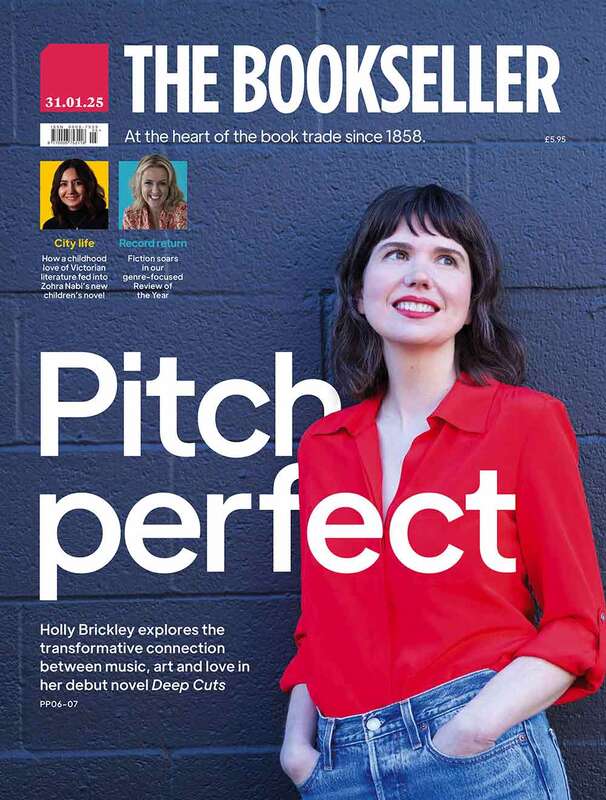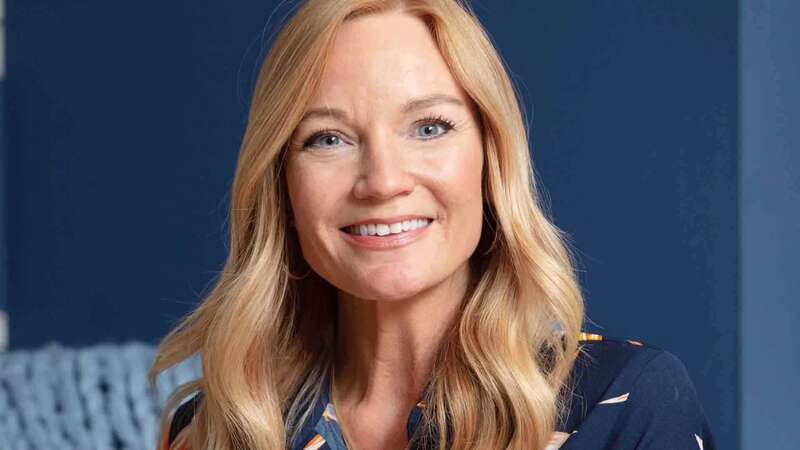You are viewing your 1 free article this month. Login to read more articles.
The Diagram Prize for the Oddest Book Title of the Year 2021 Shortlist is Revealed
An examination of the Jewish origins of the "Mensch of Steel", a look at the "romance" of mathematical curves and a volume that seeks to rectify the shocking lack of research into the health benefits of camel milk are among the six books that will vie to become the 2021 recipient of The Bookseller/Diagram Prize for the Oddest Book Title of the Year.
For the first time in the Diagram's 43-year history, all six shortlisted titles come from university presses or academia. They include Curves for the Mathematically Curious, which looks at the “elegant and often surprising mathematics” involved in mathematical curves; Handbook of Research on Health and Environmental Benefits of Camel Products, which promises cutting edge data on the "ship of the desert"; and Hats: A Very Unnatural History, which lifts the lid on the use of birds and other mammals in the making of headwear.
Also competing for the 2021 gong are Is Superman Circumcised?, a look at the Jewish influences of the DC superhero; The Life Cycle of Russian Things: From Fish Guts to Fabergé, a 400-year history of Russian material culture; and Miss, I Don’t Give a Shit: Engaging with Challenging Behaviour in Schools, a guide which aims to help teachers get through a lesson "without a desk flying at you".
Horace Bent, The Bookseller columnist and admininstrator of the prize, called 2021's shortlist "peak Diagram". He added: "With two of every five previous winners coming from higher education study, we have to ask ourselves: 'would our quirky title prize even exist without the hallowed groves of academe? It's a tradition that dates back to our very first winner in 1978, the University of Tokyo Press’ Proceedings of the Second International Workshop on Nude Mice. I would like to give a special tip of the chapeau to Bloomsbury Academic, which has had a rare second shortlisting in a row after 2020's strong third-place finish for Classical Antiquity in Heavy Metal Music."
Tom Tivnan, The Bookseller managing editor and Diagram co-ordinator, echoed Bent's recognition of the importance of academic study in Diagram history. He said: "The current holder of this award—Gregory Forth's magisterial A Dog Pissing at the Edge of a Path—is from a uni press, and who could forget stone-cold Diagram classics such as 1993's American Bottom Archaeology from the fine folks at the University of Illinois Press or 1988's Versailles: The View from Sweden from the University of Chicago Press? The heart and soul of the Diagram is professors pecking away at arcane study who often can't see the odd for the trees."
The winning title will now be chosen by members of the public via an online vote. The vote closes on Friday 26th November, with the winning entry to be announced on Friday 3rd December.
There is no prize for the winning author or publisher, but traditionally a "passable bottle of claret" is given to the nominator of the winning entry. If a title wins that was nominated by The Bookseller staff, the claret will be given at random to a member of the public who participated in the online voting.
Serial odd title spotter and longtime friend of the Diagram, Graeme Innes-Johnstone, is in contention to become the first person to claim the claret in consecutive years: he nominated A Dog Pissing at the Edge of a Path in 2020 and has put forward Handbook of Research on Health and Environmental Benefits of Camel Products this year.
This is the 43rd year of the Diagram which was originally conceived in 1978 by Trevor Bounford and Bruce Robertson, co-founders of publishing solutions firm The Diagram Group, as a way to avoid boredom at the annual Frankfurt Book Fair. The Bookseller and Bent have administered the prize since 1982.
 .
. 




The shortlist in full
Curves for the Mathematically Curious
Julian Havil
Princeton University Press
A glimpse into the “elegant and often surprising mathematics” involved in the creation and evolution of mathematical curves and a rigorous and enriching mathematical experience “for anyone interested in curves” (wink, wink, nudge, nudge). Plus, you can follow along with pencil and paper.
Handbook of Research on Health and Environmental Benefits of Camel Products
Omar Amin Alhaj, Bernard Faye, Rajendra Prasad Agrawal (eds)
Medical Information Science Reference
A no-holds-barred look at the latest research on the environmental and health benefits of products derived from nature’s noblest ungulate. Are you looking for a book that tells you up-to-date information on fresh and fermented camel milk, both in vitro and in vivo? Well, then, this is the book for you.
Hats: A Very Unnatural History
Malcolm Smith
Michigan State University Press
A timely examination of the 18th and 19th-Century fads of decorating hats with mammal fur, plumage and even whole birds which “will have you questioning the history of your headwear", by the former chief scientist of the Countryside Council for Wales.
Is Superman Circumcised?
Roy Schwartz
McFarland
Though a serious study the comic book icon’s Jewish influences—from the subtext of his Exodus-inspired origin story to the irony that this All-American mom and apple pie hero was created by émigré Jews—the title will probably engender some long-running, and almost entirely inappropriate, debates at the pub following your local comic-con.
The Life Cycle of Russian Things: From Fish Guts to Fabergé
Matthew P Romaniello, Alison K Smith, Tricia Starks (eds)
Bloomsbury Academic
A canter through four centuries of mother Russia’s material culture, including how Fabergé tobacco cases contributed to addiction in the late Imperial period and how the T-34 tank was a microcosm of Soviet socialism.
Miss, I Don’t Give a Shit: Engaging with Challenging Behaviour in Schools
Adele Bates
Sage
The education behaviour specialist’s book which has tips on being the inspiring teacher for everyone “even the trickier cherubs in your class”...and also “getting you through a lesson without a desk flying at you or a blazer being set alight”.
















